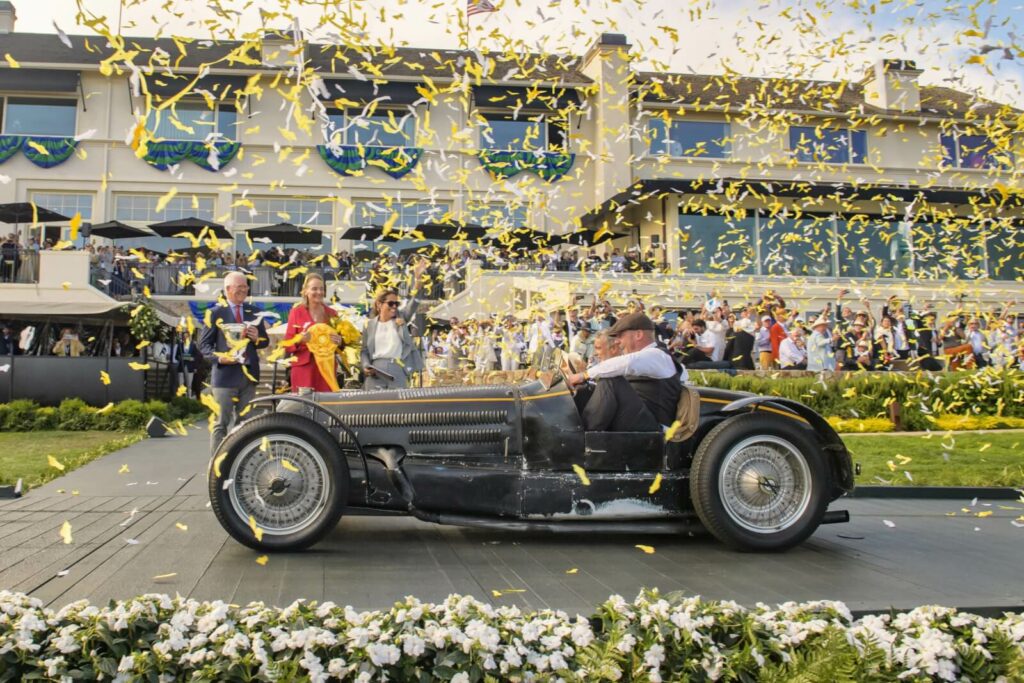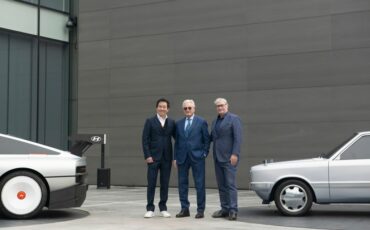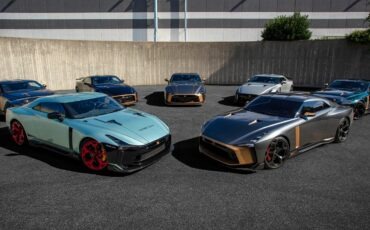
PEBBLE BEACH, Calif. (August 18, 2024) — The 74th Pebble Beach Concours d’Elegance has made history by awarding its prestigious Best of Show trophy to a preservation car for the first time ever. The 1934 Bugatti Type 59 Sports, presented by Fritz Burkard of The Pearl Collection in Zug, Switzerland, took home the top honor, igniting a conversation about the evolution of the event’s judging criteria.
Concours Chairman Sandra Button highlighted the Bugatti’s impressive pedigree, noting that it is the first Type 59 ever built and boasts a remarkable history of Grand Prix victories as well as a unique connection to royalty. “The car, preserved in its original livery from when it was redressed by King Leopold of Belgium, exemplifies a rare combination of historical significance and enduring elegance,” Button remarked.
Fritz Burkard expressed his elation at the award, emphasizing the significance of the recognition for preservation cars. “This is a momentous occasion for the car, for Bugatti, and for the preservation movement. It’s crucial to acknowledge that a car can only be original once,” he said.
At Carrozzieri-Italiani.com, we respect and admire the Bugatti Type 59 for its spectacular historical and preservation achievements. However, we believe that the Best of Show award should ideally celebrate a car for its elegance and beauty—hallmarks of the Concours d’Elegance since its inception. The event was originally founded to honor vehicles that embody exceptional design and craftsmanship, rather than solely historical significance or preservation.
The decision to award Best of Show to a race car, while impressive, represents a shift from these traditional values. Our perspective is that the Concours should continue to recognize vehicles that highlight artistry and design excellence in line with its original ethos.
Other notable competitors included the 1948 Talbot-Lago T26 Grand Sport Saoutchik Fastback Coupé and the 1934 Packard 1108 Twelve LeBaron Sport Phaeton. The 1970 Lancia Stratos HF Zero Bertone Coupe also made a memorable appearance, showcasing the diverse range of vehicles that grace the Pebble Beach field.
In addition to the historic award, the Concours has once again proven its philanthropic impact, raising over $3 million for charity this year. The Pebble Beach Company Foundation will distribute these funds to nearly 100 local nonprofits, benefiting youth education in Monterey County.
Gooding & Company, the official auction house of the event, set a new record with over $105 million in sales. The highlight of the auction was a 1938 Alfa Romeo 8C 2900B Lungo Spider, which sold for $14,030,000.
As the automotive world reflects on this year’s results, the 74th Pebble Beach Concours d’Elegance will be remembered not only for its record-setting achievements but also for sparking an important discussion about the essence of automotive elegance and preservation. The 2025 Concours promises to continue the tradition of celebrating automotive excellence while exploring new horizons.


